Gardening Australia episode 25 2020: Costa Georgiadis learns why acacias are good in gardens, Jane Edmanson explores a wildflower hotspot, Tino Carnevale shares his potato-growing tips, and Jerry Coleby-Williams meets some aerial gardeners, the flying foxes.
Gardening Australia has always provided practical, trustworthy and credible gardening advice to inspire and entertain. Inspiring, entertaining and full of practical advice, join Costa Georgiadis and the team as they unearth gardening ideas, meet avid gardeners and look at some of the most inspiring gardens from across the country.
Gardening Australia episode 25 2020
Wattle It Be
Costa explores some Acacia options at Mt Annan Botanic Gardens. Costa visits The Australian Botanic Garden Mount Annan, which is on Dharawal land. In late winter the mass plantings of more than a million wildflowers create a carpet of colour, mostly from different everlasting daisies. Costa tours the Acacia collection with Curator Manager John Siemon and they discuss the benefits these plants, generically called wattles, can bring to a garden.
Acacias are attractive trees and shrubs grown for their sweetly-scented, tiny yellow flowers. Commonly known as mimosa or wattle, mature plants need minimal pruning, but young plants need more care to establish an attractive shape. Young acacia specimens need some formative pruning to grow into well-shaped mature trees. Some species can also be trained into multi-stemmed bushes.
Established mature specimens are best pruned only minimally, removing dead, diseased or damaged growth and any misplaced branches that spoil the shape of the tree.
FAQs – Earwig control | Hydrozoning | Tree species
Gardening Australia presenters answer frequently asked gardening questions.
Hot Potato Tips
Tino takes us through his potato-growing process, from picking a suitable spud to easy ways to harvest. Tino is at the Patch, which is on Muwinina country, to plant out three different types of potatoes.
At the Patch the soil is perfect for potatoes – sandy loam that drains well but still holds nutrients. However potaotes use a lot of energy to grow, so Tino adds some compost and blood and bone. If your garden is clay, you’ll need to improve the drainage by creating raised beds or building a potato tower. Always grow certified seed potatoes – these have been raised in a virus-free environment so are guaranteed to be free of diseases and pests that you really don’t want to be introducing into your garden.
If you look through the options of potato varieties, you’ll see some described as ‘waxy’, some ‘floury’ or ‘starchy’, and lots of colours and shapes.
Going in to Bat
Jerry introduces us to Eric, a neighbourhood flying fox, and explains how gardeners can share their space with these gentle creatures. Jerry gets a lot of visitors at his home, which is on Yuggera country, including 530 different species of animal. But one of his favourites is Eric, the black flying fox (Pteropus alecto). Many people are scared of flying foxes, also called fruit bats, or don’t like them feeding in their gardens, but they’re actually flying gardeners who are vitally important to plants.
To explain more about them, Alison Plant, a registered nurse who volunteers with Queensland’s Bat Conservation and Rescue group, has brought two rescued bats to Jerry’s house. Flying foxes are a keystone species, much like bees, as they are responsible for the pollination and seed dispersal of many of Australia’s native plants. Some rainforest species rely on them for seed dispersal.
It’s a Stick Up – Gardening Australia episode 25 2020
After losing a few trees in her home renovation, Millie puts their timber to use by building a vegetable frame. A few weeks ago, Millie had to cut down the ornamental pear trees in her back yard. Their long, straight branches are perfect for garden structures, so she has decided to use them to make a free-standing ‘obelisk’ or climbing frame for some ornamental edible plants.
Sophie’s Organic Choices
Sophie explains the practical, everyday ways she embraces organic gardening in her own home patch. The phrase ‘organic gardening’ gets used a lot but means different things for different people. While there are strict standards for commercial growers to meet, in Sophie’s garden she focuses on growing healthy edible produce and creating biodiversity.
Chill Out – DIY Easy Cold Frame
Guest presenter Hannah Moloney shows how to get a head start on spring by making a cold frame. In Tasmania, on Muwinina country, the growing season is quite short so gardeners do what they can to extend it if they want to grow warm-weather crops such as tomatoes, chillies and eggplants.
Guest presenter Hannah Moloney has built a snug polycarbonate cold frame on her sloping block. Tucked into a flat terrace and set against a stone retaining wall for extra heat. It has a hinged lid that she props open on hot days to stop plants overheating and to allow good airflow and reduce the risk of mildew and fungal problems. The lid keeps in the heat but also keeps out the rain, so you have to remember to water regularly with this system!
Anglesea Heath
Jane visits the heathland behind Victoria’s famous Great Ocean Road and discovers a treasure trove of orchids and wildflowers. Thousands of visitors flock each year to Anglesea, along the Great Ocean Road, Victoria, lured by its surf and beaches.
But what really sets Anglesea apart is that it has the richest and most diverse vegetation in Victoria. About a quarter of the state’s plants can be found here, including 111 species of orchid. On the hill behind town you can find patches of heathland and heathy woodland that haven’t changed much since the Wadawurrung people lived here for thousands of years. The squatters who settled here in the 1830s, calling the town Swampy Creek, were attracted by the grazing land behind the dunes but left the hilly heathland alone, because it was too poor for farming.
My Garden Path – Tate Hancox – Gardening Australia episode 25 2020
We meet expert rose pruner Tate Hancox, who is happiest when surrounded by plants. For Tate Hancox, a garden is his ‘happy place’, especially the rose garden at the Adelaide Botanic Gardens, where he works as a volunteer.
Tate learnt to prune on his roses at home, improved his skills by joining the Rose Society of SA, and is now an accredited rose pruner. However, Tate says that roses are a very forgiving plant and, no matter how you prune them, they will probably bounce back so you can try again the next year.
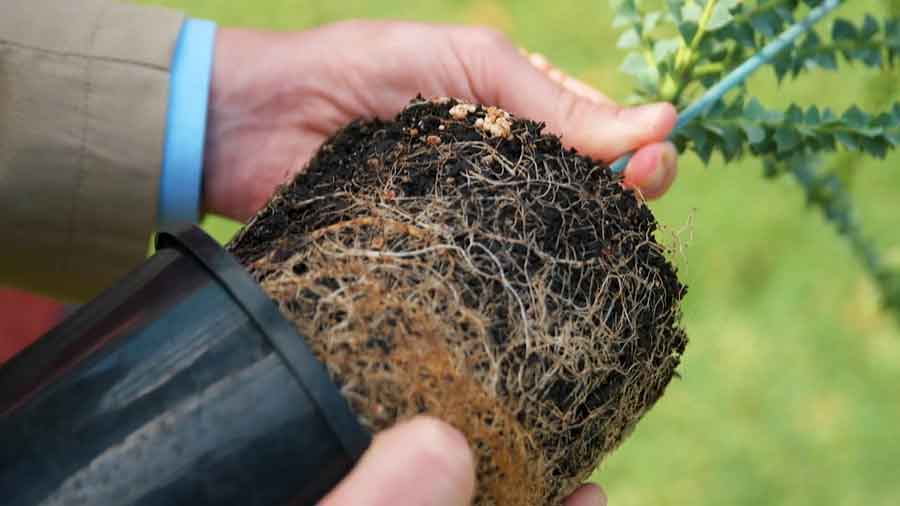
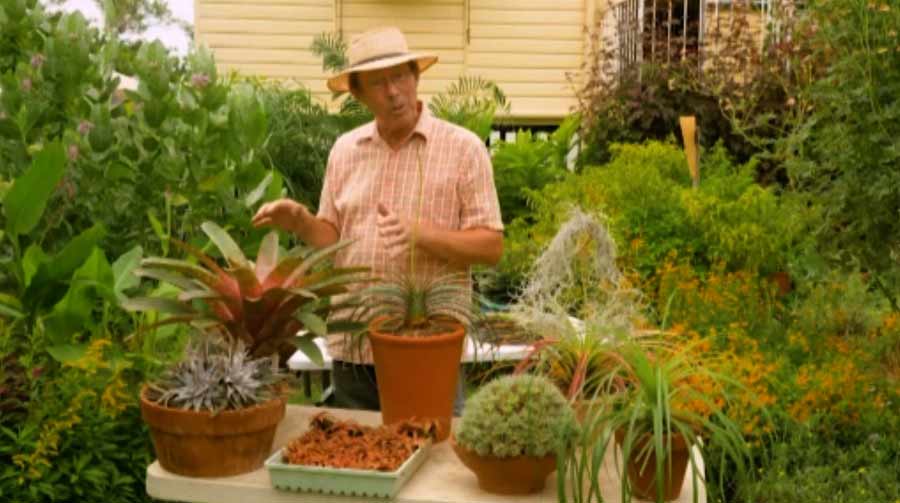
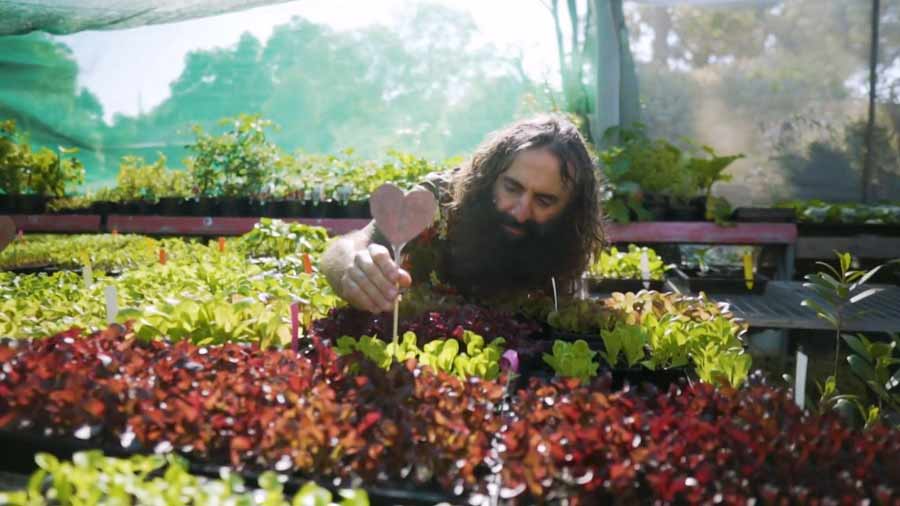
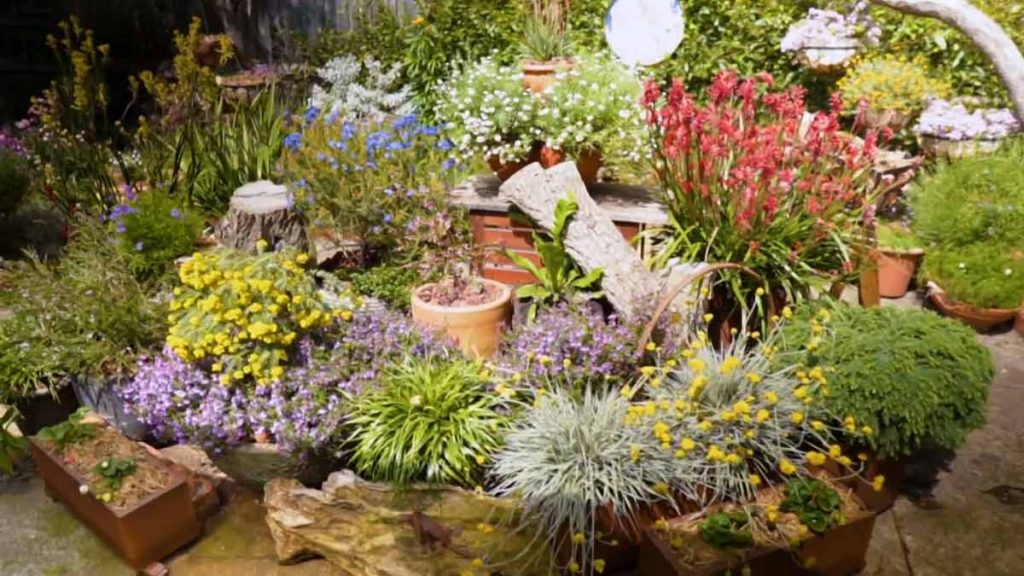
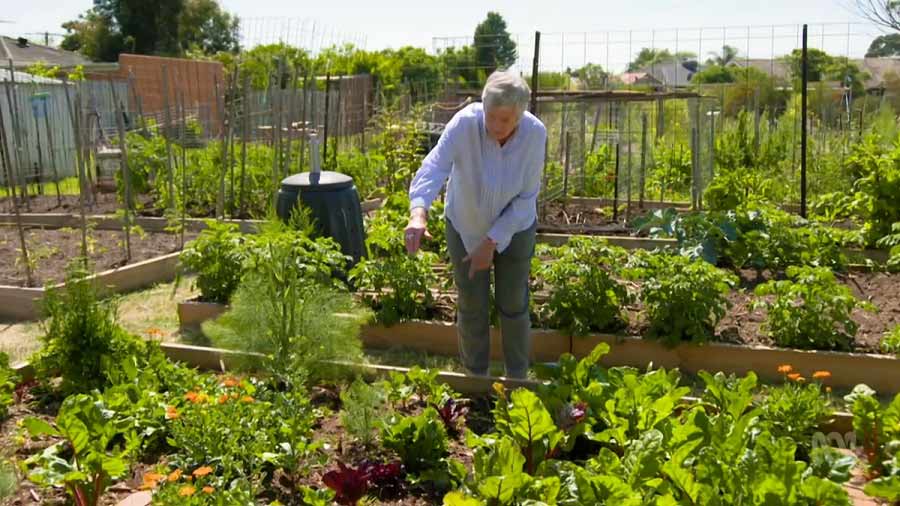
Pingback: Gardening Australia episode 26 2020 — advice to inspire and entertain
Pingback: Gardening Australia episode 27 2020 — Gardening Australia 2020